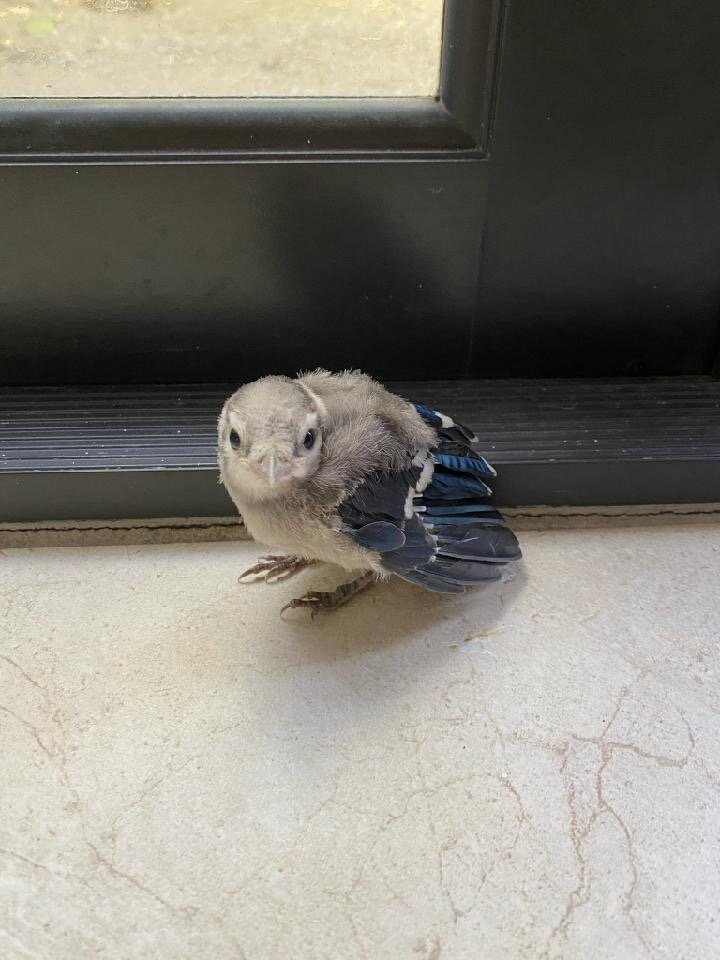Why B Vitamins are Essential in the Treatment of Animals
Written By: Samantha Martinez, Environmental Educator
Here at Pelican Harbor Seabird Station every patient admitted gets an intake exam as soon as is deemed appropriate for each animal. An intake exam is the observation of the patient and the hands-on exam, as well as initial steps of diagnosing the issue and beginning treatment for the patients that come into our care. This includes physical examinations of the patient's body, obtaining a weight, administering anti-parasitic medication when appropriate, and subcutaneous fluids with vitamin B complex. We administer a complex of these vitamins to prevent any imbalance of a singular B vitamin since each is required for independent body functions. According to PHSS’s Rehabilitation Manager Yaritza Acosta, “Usually animals are coming in with some level of stress, debilitation, and dehydration, so we give them a boost of B vitamins on intake for overall health and cell function.”
According to the NWRA wildlife formulary, B vitamins can be very useful in increasing appetite and have been anecdotally shown to help with growth in poor-doer infants, specifically baby opossums. Vitamins B2, 3, 5, 6, 7, and 8 are important for skin quality and skin barrier function. Meaning that without them, the skin would not be able to properly keep in essential fluids and keep out unwanted chemicals and bacteria from the body. These vitamins are also important for numerous micro functions throughout the animal's body such as the formation of cell membranes, the growth of epidermal cells, cellular respiration, and taking part in metabolizing carbohydrates for energy.
Vitamin B12, also known as cobalin, is also very important for liver and pancreas function. Vitamin B12 along with B6 and B1 are also essential for the maintenance of a healthy nervous system which makes them very helpful in cases of CNS (Central Nervous System) trauma. Without an appropriate amount and diversity of these nutrients, animals may experience dysorexia, alopecia in mammals, non-pliability of the skin, and nervous system dysfunction. Thankfully, with the help of our community in the forms of both medical supplies and monetary donations, we are able to continue to provide these basic vitamins and minerals along with many other much-needed medications, food, and equipment.
Sources
“The Importance of B Vitamins.” Veterinary Practice, 25 Aug. 2021
Shaffer, Dr. Catherine. “Vitamin b Deficiency.” News, 27 Feb. 2019







